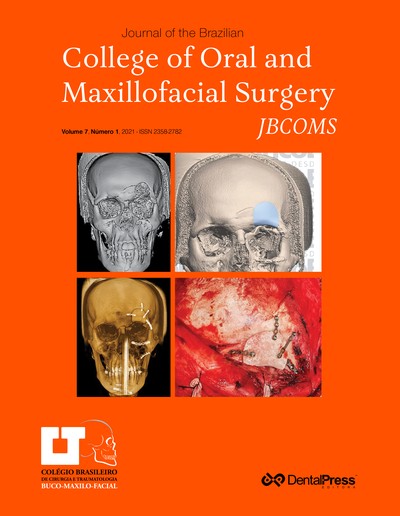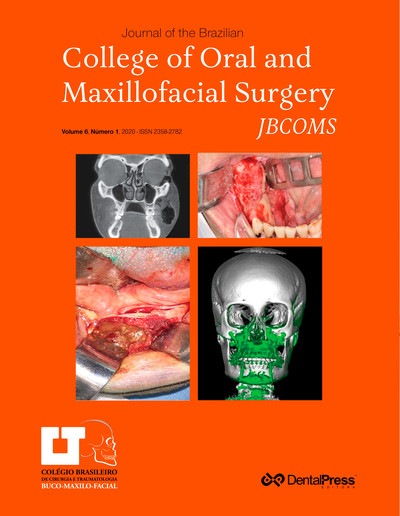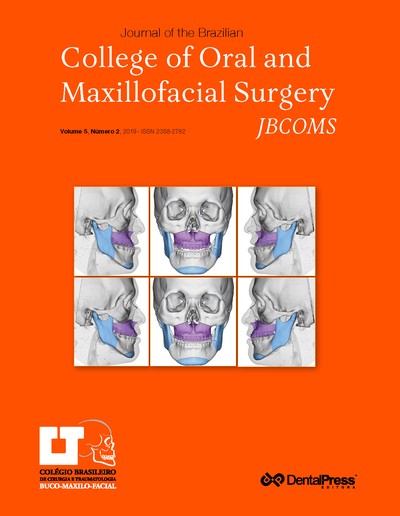
Computed cephalometry of the airway spaces
Leonardo Augustus Peral Ferreira Pinto, Bruno Coutinho Vargas, Viviane Ramos, Michelle Alonso Coutinho, Luiz Roberto Coutinho Manhães Júnior
Objective: This paper aimed to illustrate, by means of using Dolphin software 11.0 (Dolphin Imaging & Management Solutions, USA), the subsequent increase in airway space in patients undergoing maxillomandibular orthognathic surgery. Methods: Thirty female subjects presenting Class II malocclusion, with absence of both maxillary and mandibular third molars, underwent maxillomandibular advancement. Cephalometric analysis was carried out by means of lateral cephalometric radiographs, both preoperatively (T0) and thirty days postoperatively (T1). Three examiners evaluated the scans, with adherence to specific criteria. Results: Data analysis revealed a significant increase (paired t-test) in measurements of palatal length (p = 0.002), nasopharynx size (p < 0.0001), pharyngeal dimensions (p < 0.0001), hypopharyngeal dimensions (p < 0.0001) and airway space dimensions (p < 0.0001) at T1 in comparison to T0. Conclusion: Airway space increased after orthognathic surgery in patients with Class II malocclusion, thus suggesting a positive correlation between maxillomandibular advancement and increased upper airway.
Keywords: Angle Class II malocclusion. Obstructive sleep apnea syndrome. Orthognathic surgery. Oral surgery.
How to cite: Pinto LAPF, Vargas BC, Ramos V, Coutinho MA, Manhães Júnior LRC. Cefalometria computadorizada das vias aéreas. J Braz Coll Oral Maxillofac Surg. 2016 maio-ago;2(2):16-22. DOI: http://dx.doi.org/10.14436/2358-2782.2.2.016-022.oar
Tuesday, May 07, 2024 07:03










